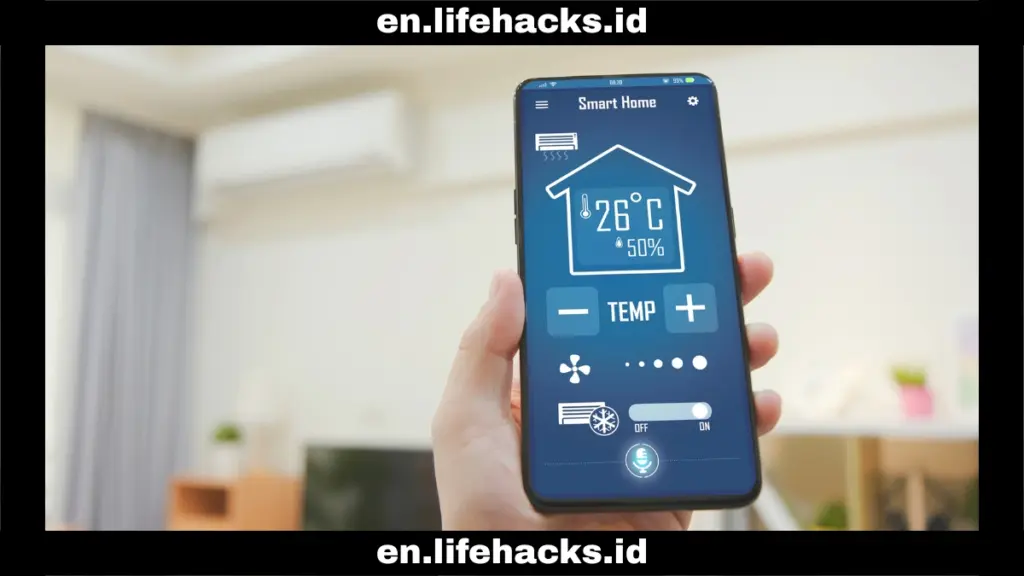Smart Air Conditioners (ACs) do more than just cool rooms like conventional types. The smart technology behind them makes them more energy efficient.
The energy efficiency for smart AC has led to a series of increasingly stringent global standards. The goal is to define what modern smart ACs should achieve behind every “eco mode” feature, adaptive cooling algorithm, or real-time energy monitoring.
This article will inform you about the main regulations of energy efficiency for smart ACs that affect them and the features behind them.
Key Standards of Energy Efficiency for Smart AC

The key standards of energy efficiency for smart AC are the Energy Efficiency Ratio (EER) and Seasonal Energy Efficiency Ratio (SEER). Both are standards that measure how efficiently electrical energy is converted into cooling power and seasonally.
Energy Efficiency Ratio (EER)
This metric standard measures how efficiently an air conditioner converts electrical energy into cooling power. EER is universal for all air conditioners, from conventional to smart types. This standard helps consumers compare the energy efficiency of various models.
EER is calculated by dividing the cooling capacity of an air conditioner unit (in British Thermal Units per hour, or BTU/h) by its electrical power input (in watts). A good EER is generally considered efficient at 10. Values above 12 are considered excellent for residential systems.
The purpose of EER is to provide an overview of the efficiency of an air conditioner when operating at full load on a hot day. The higher the EER value, the more efficient the air conditioner unit, resulting in lower electricity consumption for the same amount of cooling.
Seasonal Energy Efficiency Ratio (SEER)
This metric standard measures the seasonal operational energy efficiency of an air conditioning unit. The higher the SEER value, the more efficient the air conditioning unit is in using electricity to produce cooling. This standard affects electricity bills and the resulting environmental impact.
Simply put, SEER is calculated by dividing the total cooling capacity (in BTUs) during a cooling season by the total electrical energy (watt-hours) consumed during the same period. The higher the SEER value, the less energy is consumed to cool a room.
The purpose of SEER is to provide a realistic picture of the energy efficiency of air conditioners in varying weather conditions throughout the year. This differs from EER, which only measures efficiency at a specific temperature point.
How These Standards Affect Smart AC Technology

EER and SEER standards influence the technology behind smart AC. Here are some of the effects:
- Compliance: Higher efficiency standards must be met to help consumers manage energy usage from more efficient systems.
- Development: Air conditioner features such as real-time energy monitoring, automatic cooling adjustment, and application integration continue to be developed to meet efficiency requirements.
- Market shift: The market focus is increasing on energy consumption efficiency, which benefits consumers and the environment.
Examples of Smart AC Features and Their Role in Energy Efficiency
To support the standards of energy efficiency for smart AC, there are many features that support this. Here are some of the supporting features that are often found:
Mobile app integration

The main feature of smart ACs is integration via a smartphone app. This integration supports the smart features within it. Through a smartphone, users can control the AC remotely and receive data for energy savings.
Real-time energy monitoring
Smart ACs can be monitored in real-time through a smartphone app. This allows users to see data on their actual energy consumption. This enables better management of usage and the most efficient decision-making.
Automatic cooling adjustment

Sensors, as part of the technology behind smart air conditioners, support occupancy detection and adjust cooling accordingly. This reduces energy usage when the room is empty.
Occupant-centered control (OCC)
Not only does it adjust the room when it is empty, but smart air conditioners are also able to measure how many people are in the room. This advanced feature balances energy savings with the comfort of the occupants in the room. It is even more advanced than traditional thermostat settings.
That is the energy efficiency for smart AC that supports power savings and reduces environmental pollution. It is important to pay attention to these standards because they will influence consumer choices.
By meeting energy efficiency standards, not only is compliance achieved, but environmental pollution is also reduced. Furthermore, it supports consumers in reducing their air conditioner usage expenses.


